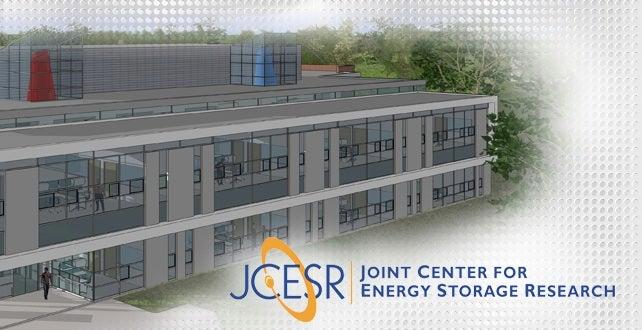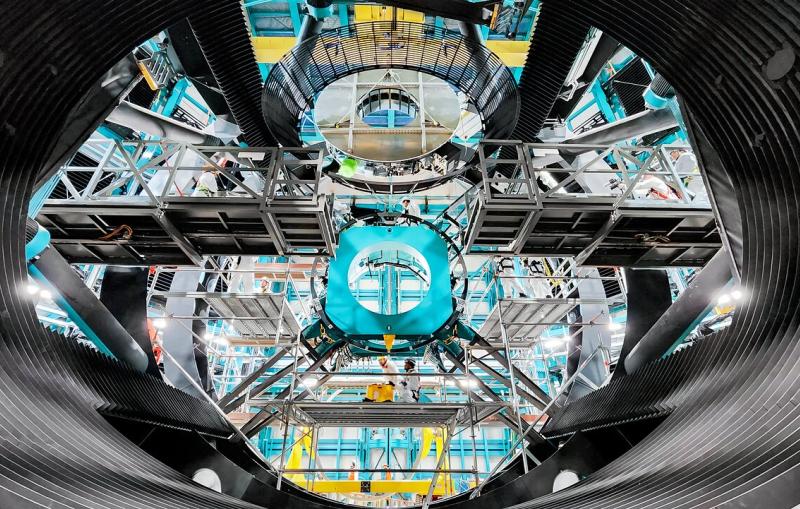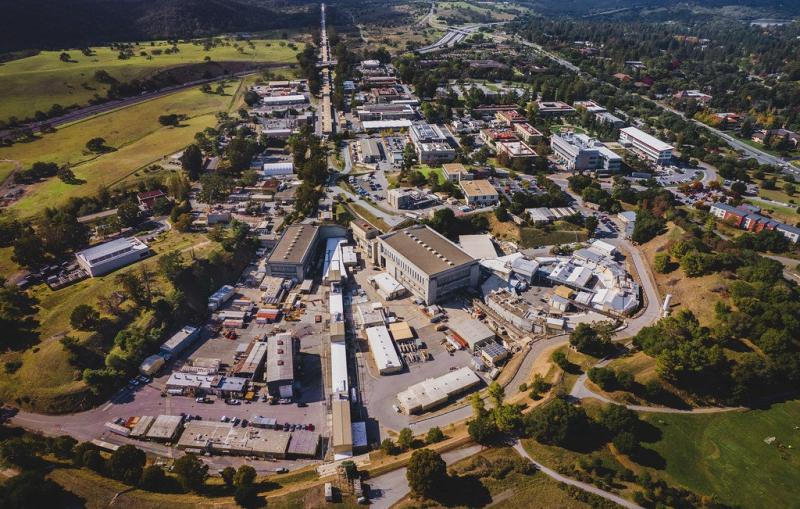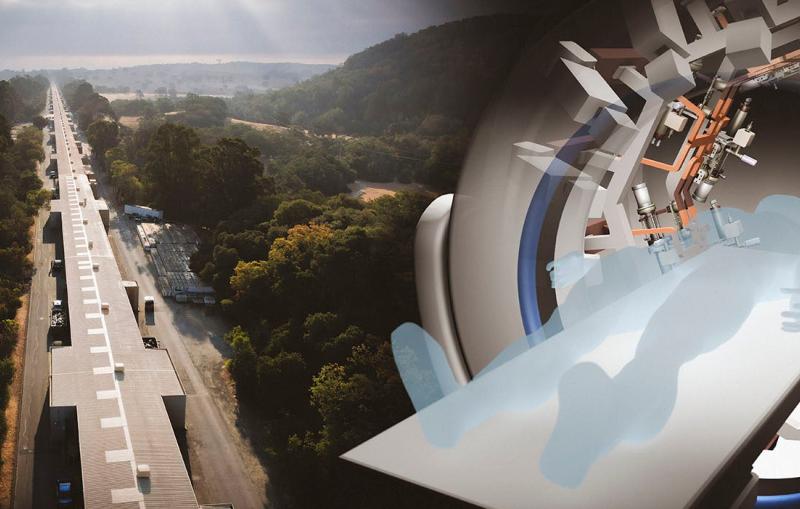SLAC Joins Partnership to Develop Energy Storage R&D Hub
SLAC and Stanford will join a team that will receive $120 million from the DOE to establish a new batteries and energy storage hub – the Joint Center for Energy Storage Research (JCESR).
By Andy Freeberg
SLAC and Stanford will join a team led by Argonne National Laboratory that will receive $120 million from the U.S. Department of Energy (DOE) to establish a new batteries and energy storage hub – the Joint Center for Energy Storage Research (JCESR).
A collaboration of world-leading researchers and entrepreneurs from DOE national laboratories, academia and industry, the JCESR will focus on rapid research, development and commercialization of revolutionary, clean electrochemical energy-storage technologies for transportation and the nation’s electric grid.
SLAC is an institutional partner in the public-private partnership with Yi Cui, a materials scientist at SLAC and Stanford, co-leading the battery prototyping efforts and Zhi-Xun Shen, SLAC's chief scientist, serving on the JCESR's strategic advisory committee.
“This is a wonderful first step for us to move into this important area of research and establish a full-fledged battery research program,” said Shen, who has been a central figure in SLAC's wider expansion into energy sciences.
Over the past few years SLAC has been ramping up its next-generation energy research portfolio in response to a call from lab leaders. Shen led a recent SLAC-Stanford energy task force that recommended the lab focus on three broad areas of energy research: advanced photon-management materials and devices for converting solar energy to electricity, catalysts for converting solar energy to fuel and batteries for energy storage.
Much of this work is carried out at SIMES, the Stanford Institute for Materials and Energy Sciences, and the SUNCAT Center for Interface Science and Catalysis, two interdisciplinary centers that SLAC runs jointly with Stanford University. Both Shen and Cui are members of SIMES. Just last week the Stanford Energy and Environment Affiliates Program held a daylong symposium highlighting work on energy storage at Stanford and SLAC, with a number of local researchers from Silicon Valley startups and established companies participating. Recent work presented by SLAC showed how scientists use X-rays from the lab’s Stanford Synchrotron Radiation Lightsource to follow chemical changes occurring in batteries as they charge and discharge over multiple cycles. These 3-D, high-resolution studies of batteries at work provide unparalleled insight into the operation of battery materials, which can enable rapid progress in meeting DOE and commercial goals.
Cui, a principal investigator on the JCESR team, leads a group of 35 researchers at Stanford and SLAC who have already made important advances in battery technology research, including sturdier materials for electrodes and a way to make batteries transparent. He said his work for the JCESR will include developing new materials for battery electrodes and prototyping new battery technologies.
“This is a very exciting hub, pulling some of the nation’s best scientists together to work on very important and very interesting scientific problems,” Cui said. “It will energize the SLAC and Stanford community to work on the energy storage problem.”
JCESR is the latest of DOE's four interdisciplinary and highly collaborative Energy Innovation Hubs. Each hub addresses a specific national energy challenge. According to JCESR Director George Crabtree, "JCESR's aggressive goal is to develop revolutionary energy-storage technologies with five times the energy density of today's systems at one-fifth the cost in five years."
The full list of JCESR partners is listed on their website.
Contact
For questions or comments, contact the SLAC Office of Communications at communications@slac.stanford.edu.






